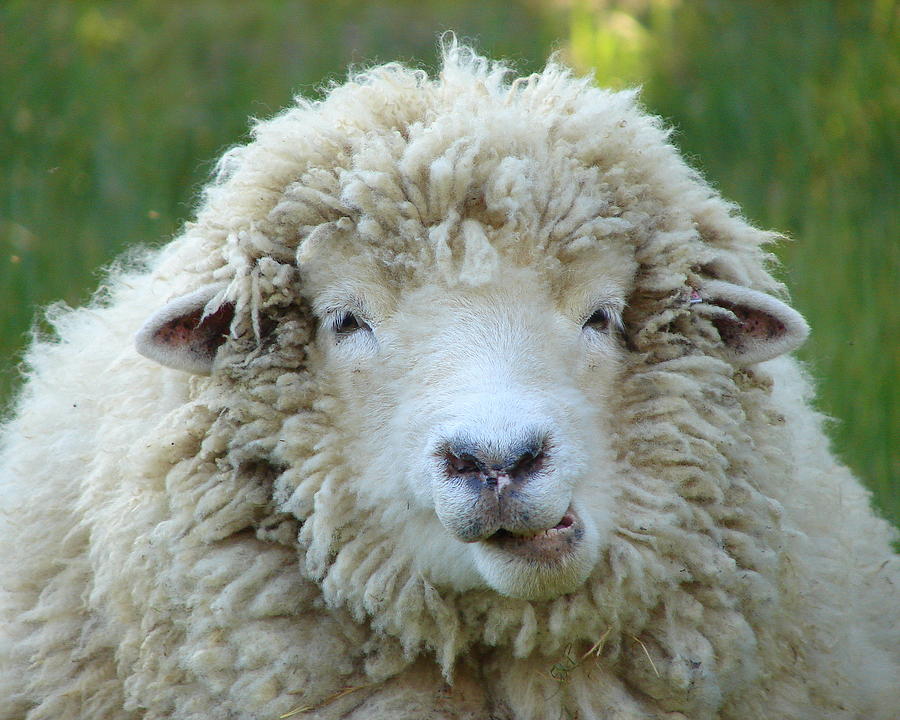He loved this fabric, so I had to make him something to wear for school on Hallowe'en. Here he is posing with some beach-combing treasures (sea turtle & whale skulls), plus take a look at the buttons I found...
Candy corns & skulls!
Happy Hallowe'en to all! And the best Hallowe'en tune I know: Howlin' Wolf, I Ain't Superstitious, Baby





























